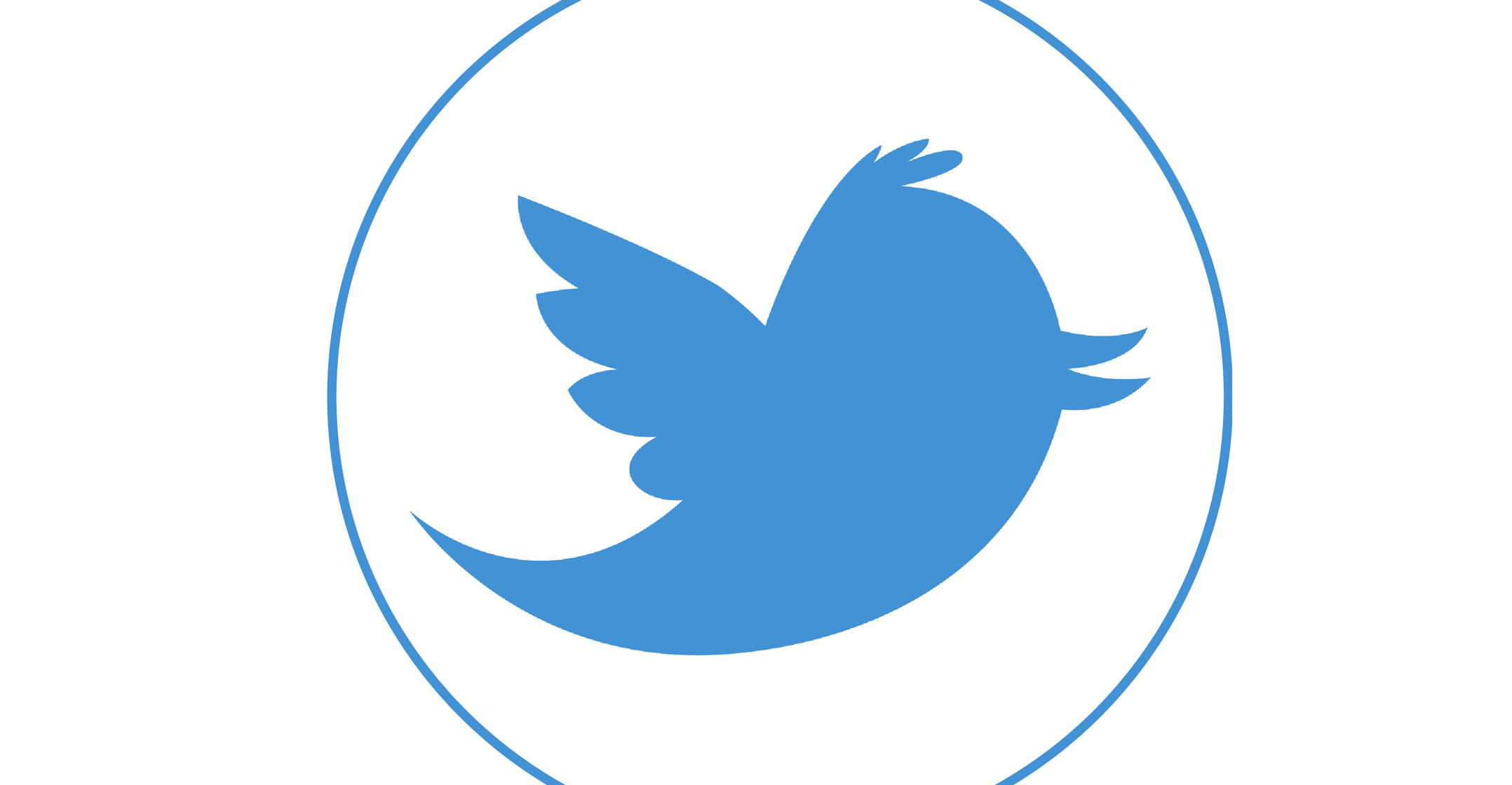
Twitter has posted a surprise gain in revenue, the first growth in four quarters, driven by improvements to its app and added video content that are persuading advertisers to boost spending on the social network. The shares surged.
The company topped analysts’ average sales estimates in the fourth quarter and for the first time posted a real profit, a milestone in CEO Jack Dorsey’s turnaround effort. Monthly active users were little changed from the prior quarter at 330m, a lower-than-projected total that the company attributed in part to stepped-up efforts to reduce spam, malicious activity and fake accounts.
The report adds to positive momentum in recent months for Twitter, which spent the second half of 2017 explaining how Russian-linked accounts — including automated bots — influenced content on its platform around the 2016 US presidential election. Dorsey, who also runs Square, has been working to broaden Twitter from a micro-blogging site into a destination for users to see “what’s happening now” by striking live-streaming partnerships with news outlets and sports leagues.
The shares soared 23% in early trading in New York after closing at US$26.91 on Wednesday.
Twitter’s focus on video, as well as a new software algorithm that shows users the most relevant postings first, have led people to spend more time on the platform, said Richard Greenfield, an analyst at BTIG.
“I think they’ve come a long way,” Greenfield said. “The product has dramatically improved. They’re doing a better job of showing the right tweets to the right people at the right time.”
Twitter has been upgraded by at least six analysts since late October, fuelling a stock rally of more than 47% in the past year. Shares jumped as much as 9.5% in one day last month amid renewed speculation that the company may be an acquisition target.
Revenue in the recent period rose 2% from a year earlier to $731.6m, buoyed by data-licensing sales and video advertising. Analysts on average had predicted $686.4m, according to data compiled by Bloomberg. Net income was $91.1m, or $0.12/share, marking the first time the company reached profitability under generally accepted accounting principles. That compared with a loss of $167.1m, or $0.23, a year earlier. Profit excluding some costs was $0.19/share, exceeding projections for $0.14.
Daily active users
Analysts on average had estimated monthly users would rise to 333m. Twitter said daily active users increased 12% from a year earlier, marking its fifth consecutive quarter of double-digit increases. The company doesn’t disclose the specific number of daily active users, arguing that showing growth is more important.
“A main part of the turnaround premise is predicated on DAU gains,” said James Cakmak, an analyst at Monness Crespi Hardt & Co, who estimates that Twitter has roughly 125m daily users. By contrast, Facebook has 1.4bn. “Without added transparency on that front, it provides more questions than answers.”

Twitter last month said it suspended 3 814 accounts linked to a Kremlin troll farm, and notified approximately 1.4m people that they interacted with Twitter accounts potentially connected to a propaganda effort by a Russian government-linked organisation. In preparation for the 2018 US mid-term elections, Twitter said it would verify major party candidates for all state-wide and federal offices, with open “lines of communication” to federal and state officials.
The company gave a first-quarter outlook for adjusted earnings before interest, taxes, depreciation and amortisation of $185m to $205m. Analysts estimated $188.3m.
The San Francisco-based company may stand to benefit from Facebook’s recent decision to shift its news feed toward content from family and friends and to focus less on posts from media outlets and businesses. The change is encouraging publishers and online advertisers to increase investment on Twitter, according to some analysts. Still, that may not be enough to move the needle for Twitter’s overall share of worldwide digital ad spending, which is expected to shrink slightly to 0.8% this year, according to researcher EMarketer. That compares to Facebook’s 18.4% and Google’s 31.3%. — Reported by Selina Wang, (c) 2018 Bloomberg LP




